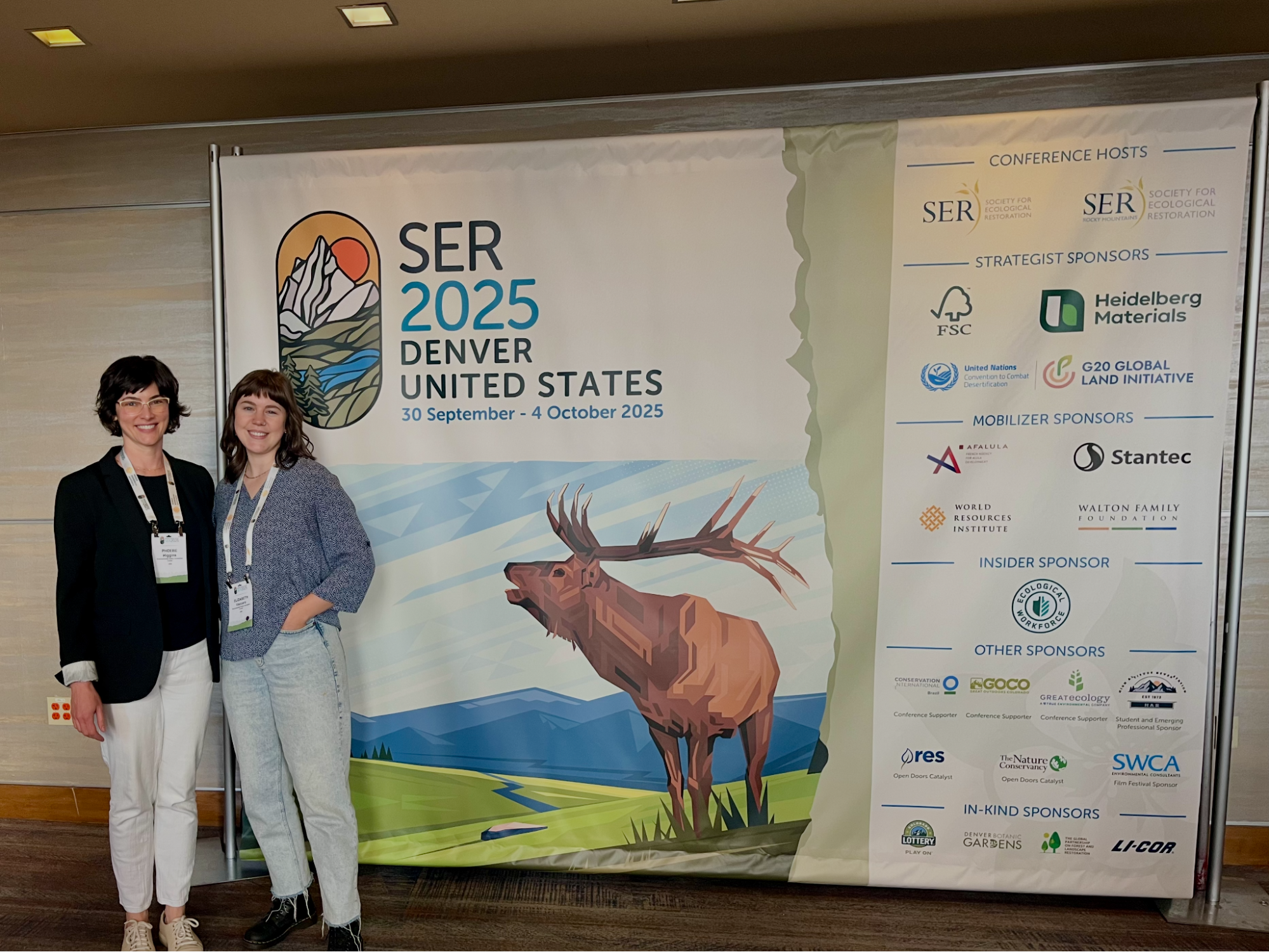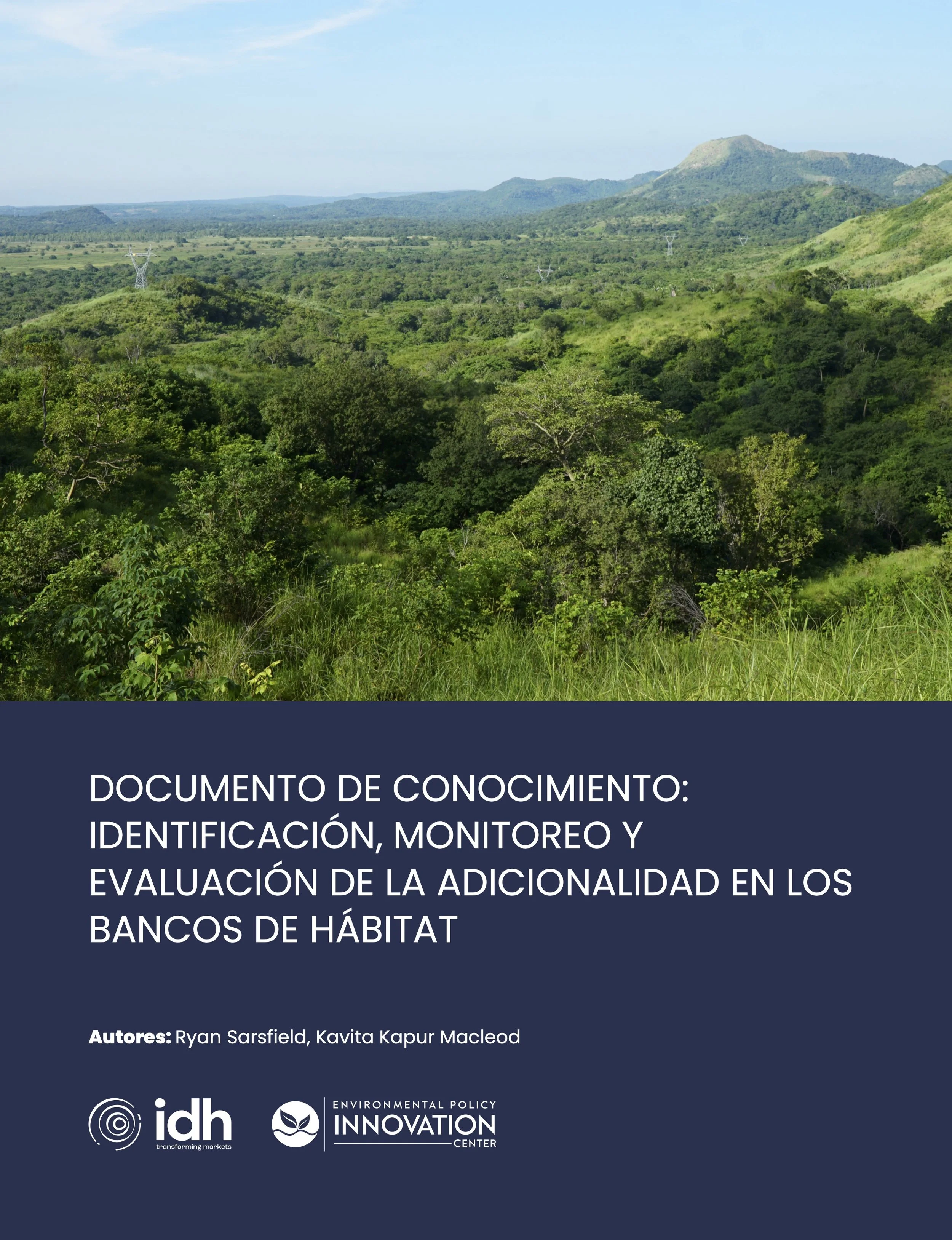
Environmental Permitting is Getting Better
It's not that permitting change might happen. It has changed, is changing, and will change more. We’ve had a great collaboration with the team at Inclusive Abundance these last 15 days, hearing about 15 ‘wins’ for permitting reform they wanted to celebrate. We are starting our own 15-day countdown now. It’s a great way to acknowledge all the progress underway to make environmental permitting laws and programs that better serve the planet, people, and our prosperity.

Better, Faster, and Fairer: State Strategies for Permitting Innovation

A Planet in Repair: Reflections from Global Ecological Restoration Conference

Amplifying the Power of Tribal and Youth Conservation Corps

Government-Run Offsets Gone Awry

Comment Letter: Colorado’s Regulation No. 87 for Permitting and Mitigating Dredge and Fill Activities
Comments on Colorado’s draft Regulation No. 87 for permitting and mitigating dredge and fill activities

Permitting Digitalization in Virginia
Virginia stands out from other states in its permitting reform efforts because it has really nailed transparent permitting, and in doing so, significantly cut down the processing time for most state permits.

Endless Prairie Buffalo Project: The restoration of a cultural and ecological keystone species.

4 Pillars for Permitting Innovation
The permitting reform space is growing fast, and there are clearly different philosophies for why this work is important, what values should guide us in identifying solutions, whether reform is even needed, and how we build a large enough coalition to make meaningful changes at all levels of government.

Chesapeake Pay for Success is a Success: How state water quality program design can drive cost-effectiveness

Thoughts on the ESA Amendments Act of 2025

Predicting DOGE AI Deregulatory Tool Recommendations

California’s New Trailer Bill Is a Game-Changer for Environmental Contracts

Identificación, Monitoreo, y Evaluación de la Adicionalidad en los Bancos de Hábitat

Identification, Monitoring and Evaluation of Additionality in Habitat Banks

NEPATEC2.0 - The Next Step in AI-Driven Permitting Innovation

The PERMIT Act: Speed vs. Transparency in Wetland Protection

Comment Letter: Nationwide Permit Reissuance
Comments on “Proposal To Reissue and Modify Nationwide Permits” (COE-2025-0002)

Comment Letter: Input for RFI on ESA Section 10 Conservation Benefit Agreements, Habitat Conservation Plans
Comments on “Endangered Species Act (ESA) Section 10(a) Program Implementation; Development of Conservation Benefit Agreements and Habitat Conservation Plans, and Issuance of Associated Enhancement of Survival and Incidental Take Permits” (FWS-HQ-ES-2025-0049-0001)


